
History of CRISPR: Cas9 and Cas12
Between the early 2000s and mid-2010s, artificial enzymes engineered to manipulate genomes – Zinc-finger nucleases (ZFNs) and transcription-activator–like effector nucleases (TALENs) – had garnered considerable

Between the early 2000s and mid-2010s, artificial enzymes engineered to manipulate genomes – Zinc-finger nucleases (ZFNs) and transcription-activator–like effector nucleases (TALENs) – had garnered considerable
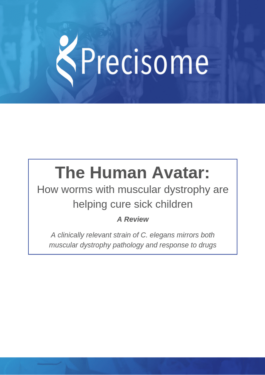
NemaMetrix is the market leader for early preclinical in-vivo testing using small animal models to gain a better understanding of the efficacy, mode of action, toxicity and potential targets for novel compounds. In this case study we outline how we used the animal model C. elegans to perform a set of specific experiments designed by our experts to provide rapid and reliable data based on our customer’s priorities. Using the data that we provided, our customer was able to apply for multiple patents in a timely manner.
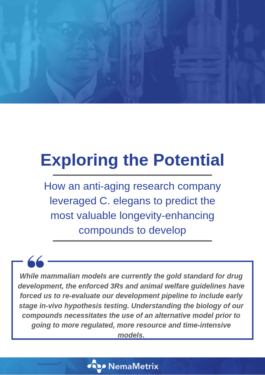
NemaMetrix is the market leader for early preclinical in-vivo testing using small animal models to gain a better understanding of the efficacy, mode of action, toxicity and potential targets for novel compounds. In this case study we outline how we used the animal model C. elegans to perform a set of specific experiments designed by our experts to provide rapid and reliable data based on our customer’s priorities. Using the data that we provided, our customer was able to apply for multiple patents in a timely manner.

The shift towards preventive medicine has given anti-aging startups a favorable environment in pursuing longevity and aging issues. The nematode C. elegans has emerged to be a useful animal model for anti-aging and longevity studies.

NemaMetrix is the market leader for early preclinical in-vivo testing using small animal models to gain a better understanding of the efficacy, mode of action, toxicity and potential targets for novel compounds. In this case study we outline how we used the animal model C. elegans to perform a set of specific experiments designed by our experts to provide rapid and reliable data based on our customer’s priorities. Using the data that we provided, our customer was able to apply for multiple patents in a timely manner.

Animal testing in the research-based pharmaceutical industry has been reduced in recent years both for ethical and cost reasons. However, it is still a staple
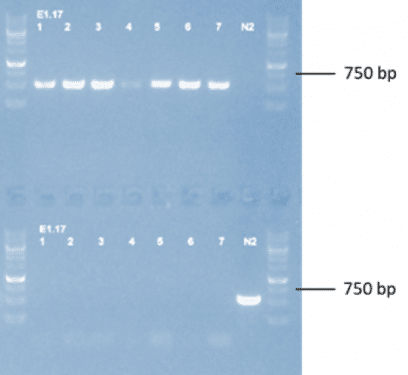
12k, 24k, 36k…we can now precisely remove over 43k bp from C. elegans genomic DNA! Knocking out genes is a commonly used tool for biologists
Buying a product is no longer as easy as looking it up and purchasing it. Instead, we spend additional time “price-shopping” and comparing the features
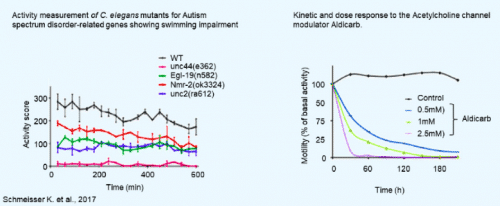
The wMicroTracker is an essential tool to add to your mutant and toxicity screening work. Check out the application sheet below to see how easy
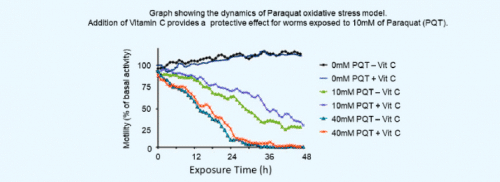
The wMicroTracker is an essential tool to add to your oxidative stress assays. Check out the application sheet below to see how easy it is
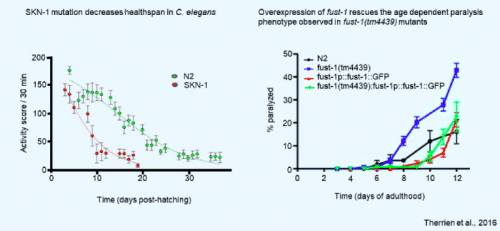
The wMicroTracker is a great product to add to your work around aging and healthpsan. Check out the application sheet below to see how easy

The wMicroTracker is a great product to add to your drug screening toolkit. Check out the application sheet below to see how easy it is
Most experiments are based on population analysis. However, some researchers are interested in the study of a single individual. In wMicrotracker it is possible to
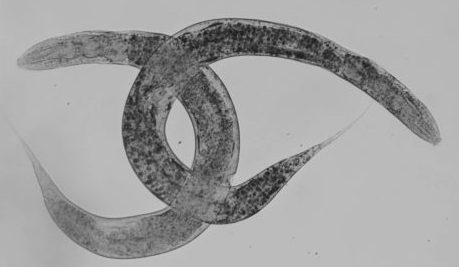
In recent years, the nematode C. elegans has emerged as a model for systematic dissection of the molecular basis of tumorigenesis. Many cancer genes and pathways are highly conserved and often easier to parse in C. elegans as the gene families involved contain fewer members, reducing genetic redundancy.
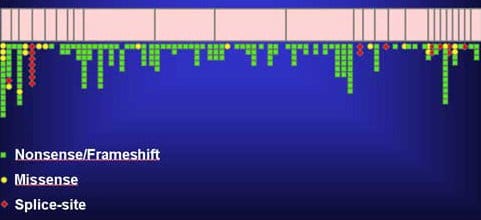
In recent years, the nematode C. elegans has emerged as a model for systematic dissection of the molecular basis of tumorigenesis. Many cancer genes and pathways are highly conserved and often easier to parse in C. elegans as the gene families involved contain fewer members, reducing genetic redundancy. This case study illustrates how C. elegans were used to decipher breast cancer.
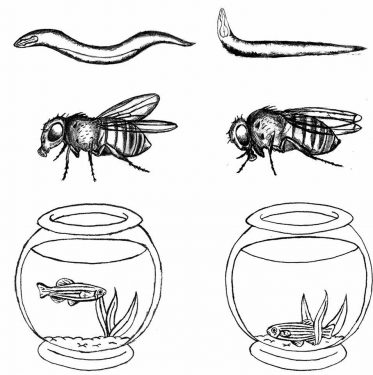
Non-mammalian model organisms are typically used in early research to deliver fast answers to a discovery problem. The most popular model organisms in biological and biomedical research are the fruit fly Drosophila melanogaster, the zebrafish and the nematode C. elegans. We provide an overview of the advantages and limitations of these organisms as models for human diseases in this post

Non-mammalian model organisms are typically used in early research to deliver fast answers to a discovery problem. The most popular model organisms in biological and biomedical research are the fruit fly Drosophila melanogaster, the zebrafish and the nematode C. elegans. We provide a comparison of the advantages and limitations of many commonly used model organisms.
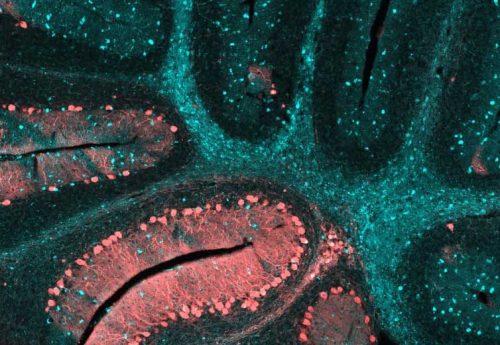
Niemann-Pick Type C is a rare and fatal disorder affecting children. We explore the efficacy of new potential therapeutics with the ScreenChip System.
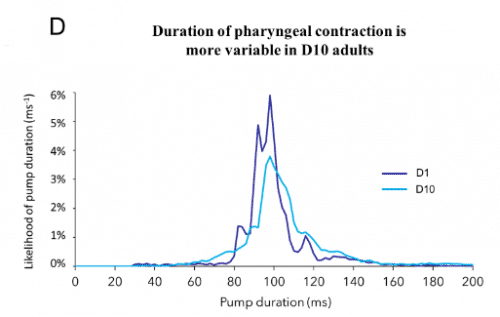
C. elegans’ feeding behavior strongly influences the worm’s aging and longevity. We tested adult worms to quantify how aging affects their feeding behavior. In older adults, pharyngeal pumping was weaker and less regular.
The InVivo Biosystems Newsletter is delivered to your inbox bi-weekly,
giving you all of the latest company updates, industry news, and more.